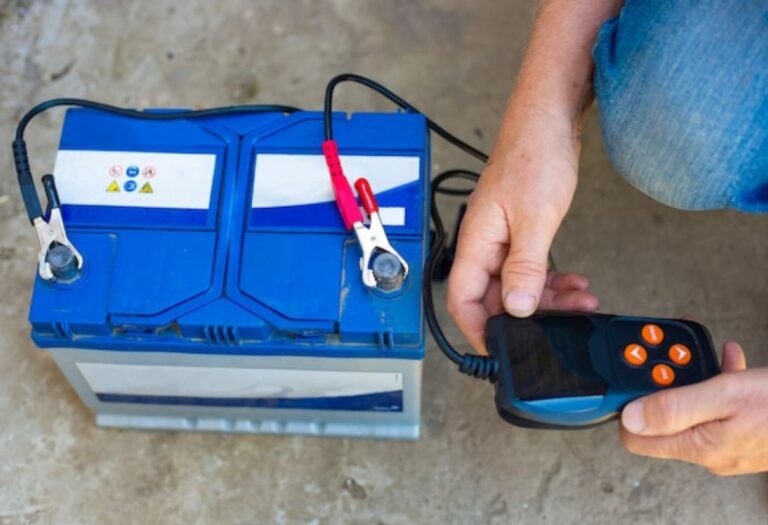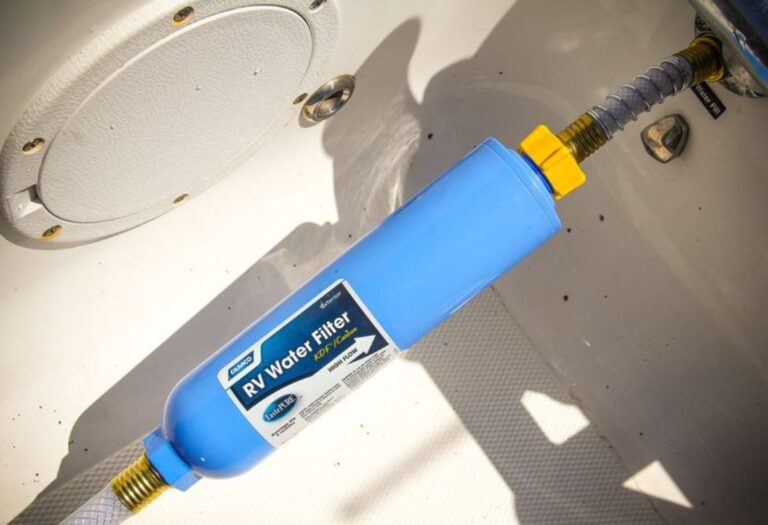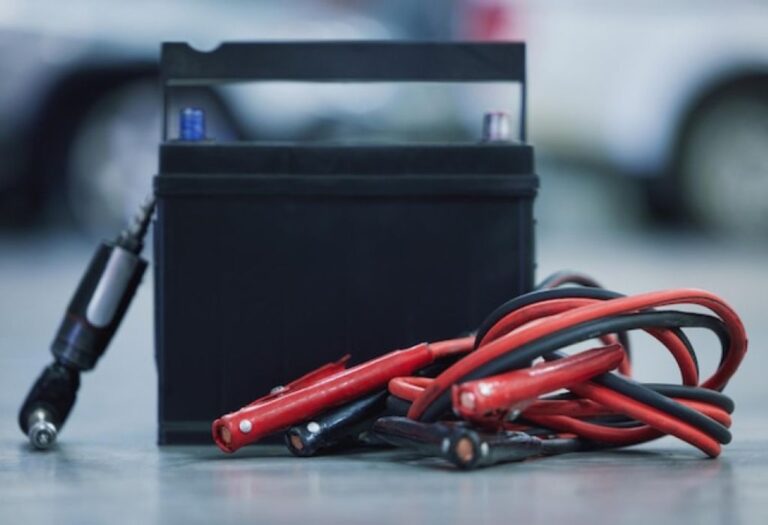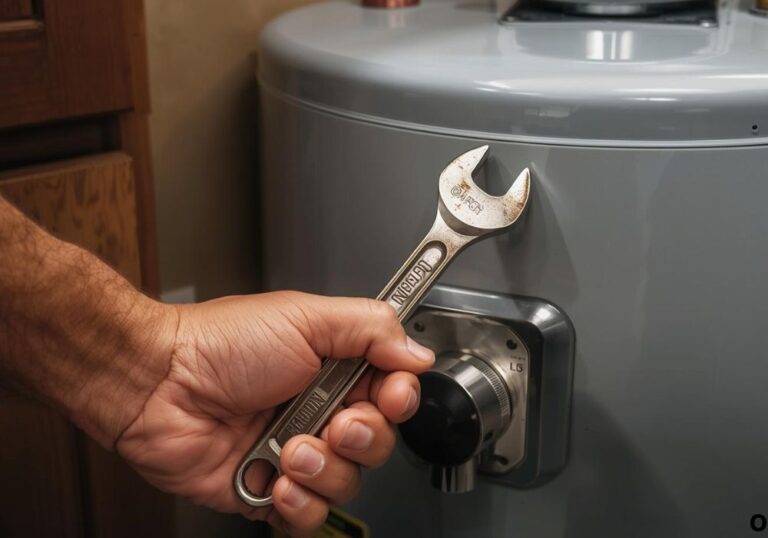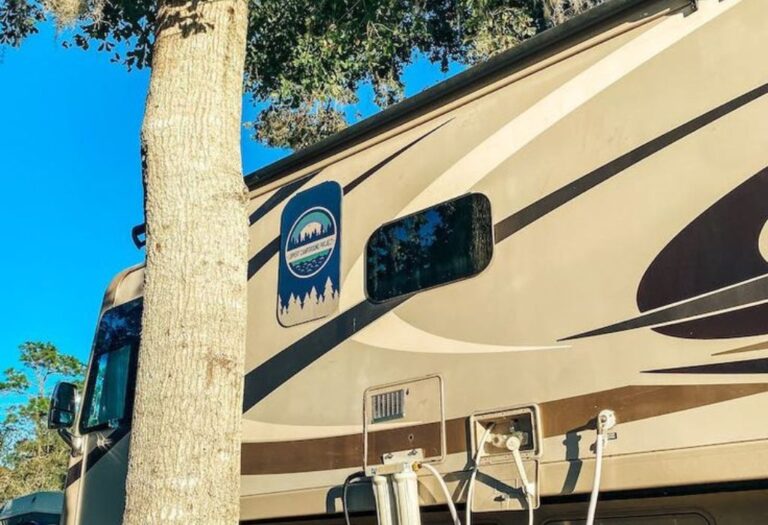How Many Amps Does an RV Water Pump Draw?
An RV parked in a quiet campground feels like a small home on wheels. The lights glow, the fridge hums, and with the flip of a faucet, water flows as if by magic.
But behind this everyday convenience lies a crucial detail every RV owner should know: how many amps does an RV water pump draw?
RV water pumps are the heartbeat of an RV’s plumbing system. They deliver water from the fresh tank to sinks, showers, and toilets.
Each time the pump cycles on, it pulls power from the RV’s 12V battery system. For those camping off-grid, this power draw directly impacts how long lights stay on, devices charge, and heating systems run.
On average, most RV water pumps use 4–10 amps at 12 volts, though this can rise depending on the pump size, water flow rate, and workload.
Smaller pumps serving basic needs draw less, while high-flow pumps running long showers or filling tanks consume more.
This detail matters because energy management is key to a comfortable RV lifestyle. According to the RV Industry Association (RVIA), over 11 million U.S. households own RVs, with more than half preferring off-grid or semi-off-grid camping (RVIA Report).
For these travelers, every amp-hour counts.
This guide explores average amp draws, the factors that influence them, and how to manage usage effectively.
By the end, you’ll know exactly how much power your pump uses and how to keep it efficient on every adventure.
Quick Answer: How Many Amps Does an RV Water Pump Draw?
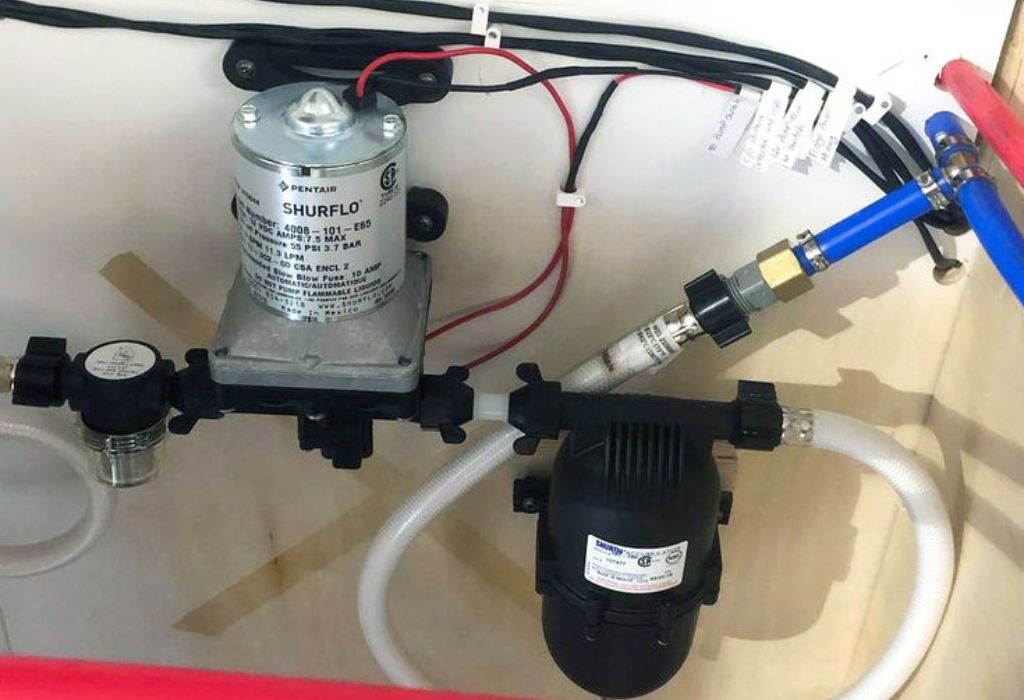
Most RV water pumps draw 4–10 amps on a 12V DC system, depending on brand, size, and demand.
How many amps does a standard RV pump use?
A standard RV water pump uses around 7 amps during operation.
Does the draw change with water flow?
Yes. Higher flow rates increase amp draw, while light usage keeps it lower.
Can pump age affect amp usage?
Absolutely. Older pumps often require more amps due to wear and inefficiency.
What happens if the pump pulls too many amps?
It can blow the fuse, drain the battery faster, or indicate a failing motor.
How an RV Water Pump Works
An RV water pump is a 12V device that pressurizes water lines to mimic household plumbing. When you turn on a faucet, the pump senses pressure drop and activates.
The motor runs until pressure is restored, then shuts off. Each cycle requires electrical energy from the RV battery. This explains why frequent faucet use increases total amp-hours consumed.
Is the pump always running?
No. It only runs when water is demanded.
How does voltage affect performance?
If voltage drops, the pump struggles and draws more amps to compensate.
Does pump size matter?
Yes. Larger pumps with higher gallons per minute (GPM) flow will draw more amps.
Can dry running increase amp draw?
Yes. Running the pump without water (dry running) strains the motor and increases current usage.
Factors That Affect Amp Draw
Several variables determine exactly how many amps your RV water pump pulls.
- Pump size and flow rate – A 3 GPM pump draws fewer amps than a 5 GPM model.
- System pressure – Higher PSI requires more current to maintain pressure.
- Water usage habits – Long showers or frequent use increase cumulative draw.
- Pump condition – Worn motors or clogged filters force the pump to work harder.
- Battery health – Weak batteries make the pump pull more current to operate.
Does water pressure affect amps?
Yes, higher pressure settings lead to higher amp draw.
Can clogged filters increase draw?
Definitely. Blocked flow forces the pump motor to work harder.
Do larger RVs need bigger pumps?
Yes, and bigger pumps consume more amps.
Does battery type matter?
Yes. Lithium batteries handle current demands better than lead-acid, reducing strain.
Average Amp Draw by Pump Type
Different RV pumps draw different amounts of amps.
- Standard RV pumps (3–4 GPM): 5–7 amps.
- High-flow pumps (5–7 GPM): 8–10 amps.
- Compact or small pumps (1–2 GPM): 3–5 amps.
- Premium quiet pumps: Similar amp draw, but optimized for efficiency.
How do I know my pump size?
Check the label or user manual for GPM rating.
Are high-flow pumps less efficient?
Not always. They move more water per amp, but total draw is higher.
Can quiet pumps save battery?
Yes, some models are designed for low amp draw.
Do all RVs use the same pump type?
No. Pump choice depends on RV size and water needs.
Battery Impact of Pump Amp Draw
Your RV battery bank powers the pump, and knowing amp draw helps estimate runtime.
A single 100Ah deep-cycle battery can power a standard 7A pump for roughly 10–12 hours of total run time before draining. However, pumps rarely run continuously. In normal use, they cycle on and off, consuming far less daily.
How long will a pump run on one battery?
About 10–12 hours of continuous use for a 100Ah battery.
Does real-world usage consume less?
Yes. Most campers only use 1–2 hours of pump run time daily.
Can solar offset pump amp draw?
Yes. A 100W panel produces about 5–6 amps in sunlight, enough to cover pump usage.
Does an inverter affect pump draw?
Yes. Using an inverter to power AC devices reduces available amp-hours for the pump.
Energy-Saving Tips for RV Water Pumps
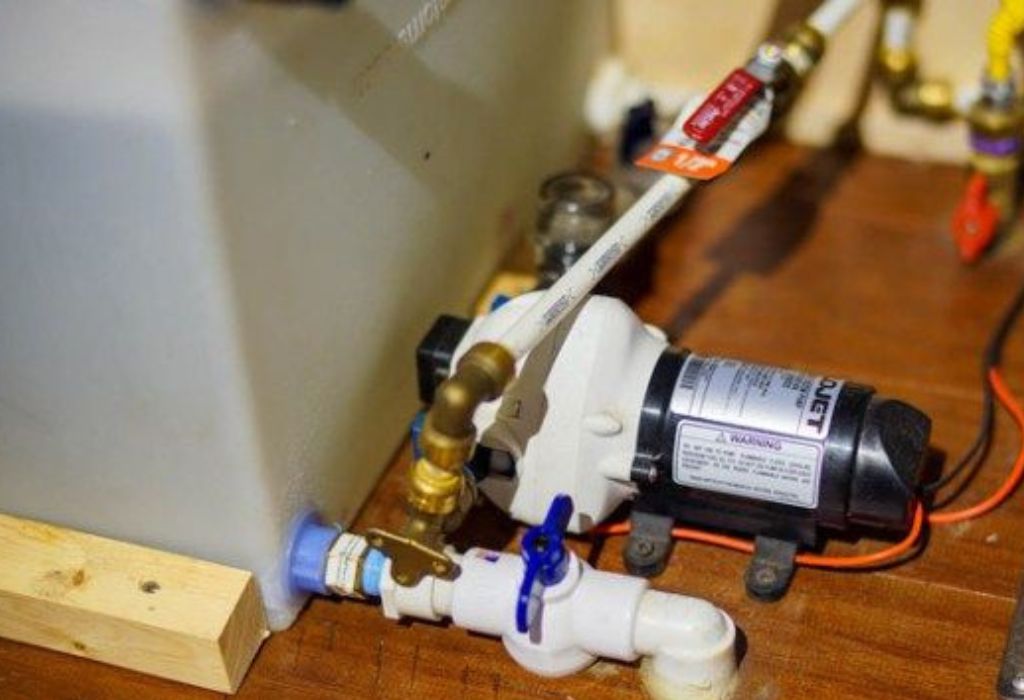
Managing amp draw extends battery life while camping off-grid.
- Turn off the pump when not in use – Prevents unnecessary cycling.
- Fix leaks – Even small leaks trigger the pump repeatedly.
- Use water efficiently – Short showers and low-flow faucets save both water and power.
- Add a pressure accumulator tank – Reduces pump cycling by storing pressurized water.
- Maintain the pump – Clean filters and inspect wiring to keep amps steady.
Does turning off the pump save power?
Yes, it prevents phantom cycling.
Is an accumulator tank worth it?
Yes, it smooths water flow and reduces energy use.
Do leaks waste electricity too?
Yes. Each small drip forces the pump to activate.
How often should pumps be maintained?
At least once per season, or before long trips.
Troubleshooting High Amp Draw
If your pump seems to pull more amps than normal, it may signal an issue.
- Clogged filter or line – Restricts flow, increases resistance.
- Old or worn pump – Motor inefficiency raises current demand.
- Low battery voltage – Pump compensates by drawing higher amps.
- Wrong fuse size – A too-small fuse blows prematurely under normal load.
Why is my pump blowing fuses?
Likely due to over-amp draw or undersized fuse.
Can voltage drops increase draw?
Yes. Low voltage forces higher current usage.
Do bad wires affect pump performance?
Yes, corroded connections increase resistance.
Should I replace an old pump?
If it draws excess amps regularly, replacement is wise.
Conclusion
So, how many amps does an RV water pump draw? Most models use 4–10 amps, with standard pumps averaging around 7 amps. This consumption is manageable but becomes critical during dry camping or boondocking when every amp-hour matters.
By learning your pump’s exact draw, maintaining it properly, and practicing efficient water use, you can stretch battery life and avoid unexpected power loss. Adding solar, using an accumulator tank, and keeping your electrical system in top shape ensures steady water flow without draining precious power.
Managing amp draw is not just about numbers—it’s about enjoying your RV life with confidence, knowing your water system is efficient, reliable, and ready for every journey.
I’m David R. Coleman, the founder, lead writer, and lifelong tool enthusiast behind GarageToolPro.com. With years of experience in automotive repair, woodworking, and home DIY projects, I created this platform to share practical tips, detailed tool reviews, and step-by-step guides that help mechanics, hobbyists, and homeowners get the job done right the first time.

